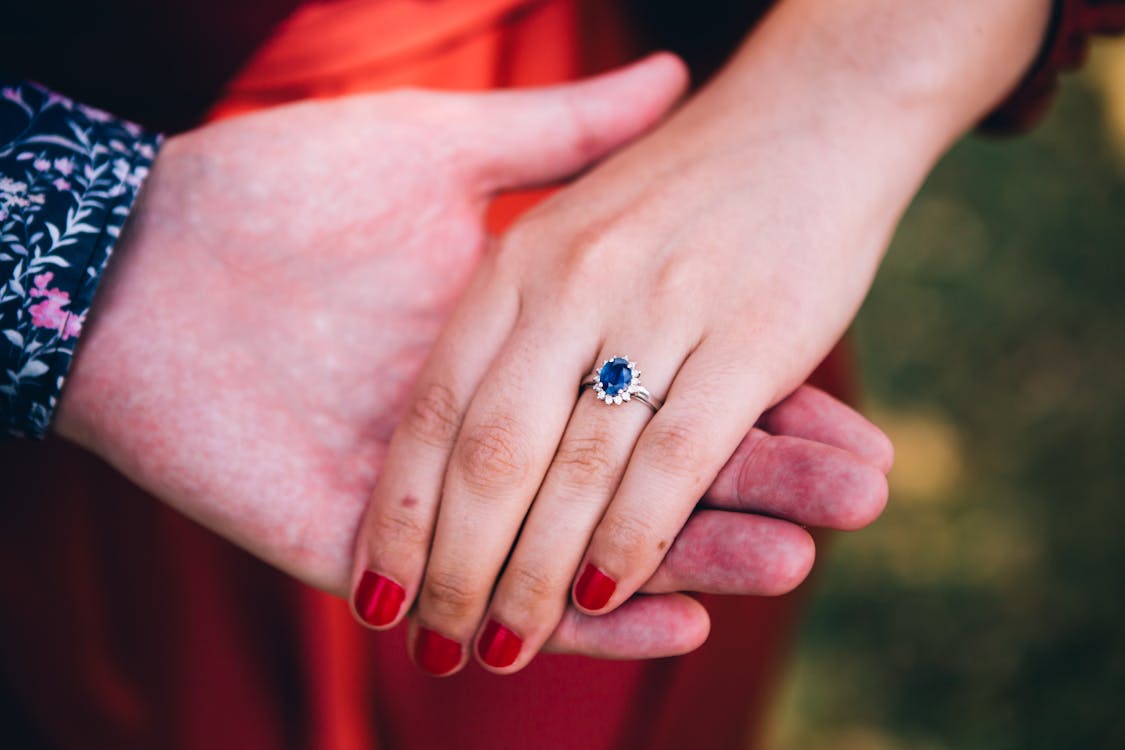Table of Contents
Introduction:
Welcome to our comprehensive guide on the best way to clean your lab created diamond engagement ring. Whether you’re a newly engaged couple or have been flaunting your sparkler for years, keeping your ring dazzling is essential. In this guide, we’ll delve into the most effective methods for cleaning and maintaining your lab created diamond ring, ensuring it remains as brilliant as the day you first slipped it onto your finger.
Understanding Lab Created Diamonds:
Before we dive into the cleaning process, let’s take a moment to appreciate the brilliance of lab created diamonds. These stunning gems are created in controlled environments, replicating the natural process that forms diamonds deep within the Earth. Through advanced technology, scientists are able to produce diamonds with the same chemical composition and physical properties as their natural counterparts, but with fewer environmental impacts and ethical concerns.
Why Cleaning Your Engagement Ring Matters:
Your engagement ring is not just a piece of jewelry; it’s a symbol of love, commitment, and the promise of a lifetime together. Over time, everyday activities such as cooking, cleaning, and even applying lotion can leave residue and grime on your ring, dulling its shine and brilliance. Regular cleaning not only enhances the beauty of your ring but also ensures its longevity, allowing you to cherish it for years to come.
The Best Way to Clean Your Lab Created Diamond Ring:
Now that we understand the importance of keeping our engagement rings clean, let’s explore the most effective cleaning methods:
1. Gentle Soap and Warm Water:
One of the simplest and most effective ways to clean your lab created diamond ring is with a gentle soap and warm water solution. Start by filling a bowl with warm water and adding a few drops of mild dish soap. Place your ring in the solution and let it soak for 15-20 minutes to loosen any dirt or grime. Then, use a soft-bristled toothbrush to gently scrub the ring, paying close attention to the underside of the stone and any intricate details. Rinse the ring thoroughly under warm running water and pat it dry with a soft, lint-free cloth.
2. Ammonia Solution:
For stubborn stains or buildup, you can create a more potent cleaning solution using household ammonia. Mix one part ammonia with six parts water in a bowl and soak your ring for no more than 10 minutes. Be sure to wear gloves and work in a well-ventilated area when using ammonia. After soaking Best Way To Clean Engagement Ring, gently scrub the ring with a soft toothbrush, rinse it thoroughly, and dry it with a clean cloth.
3. Professional Cleaning:
If your lab created diamond ring requires more intensive cleaning or maintenance, consider taking it to a professional jeweler. Most jewelers offer professional cleaning services using specialized equipment and techniques to restore your ring to its original brilliance. Additionally, they can inspect your ring for any loose stones or damage that may require repair.
Tips for Daily Maintenance:
In addition to regular cleaning, there are several steps you can take to keep your lab created diamond ring looking its best:
- Remove your ring before engaging in activities such as swimming, gardening, or exercise to prevent damage.
- Avoid exposing your ring to harsh chemicals or abrasive cleaners, as these can dull the finish and scratch the surface of your diamond.
- Store your ring in a soft cloth pouch or jewelry box when not wearing it to protect it from scratches and other damage.
- Schedule regular inspections with a trusted jeweler to ensure your ring is in good condition and any issues are addressed promptly.
Conclusion:
Your lab created diamond engagement ring is a symbol of your love and commitment, and it deserves to be treated with care and respect. By following the tips outlined in this guide, you can keep your ring sparkling and beautiful for years to come. Remember, regular cleaning and maintenance are key to preserving the beauty and brilliance of your ring, allowing you to enjoy it for a lifetime.

